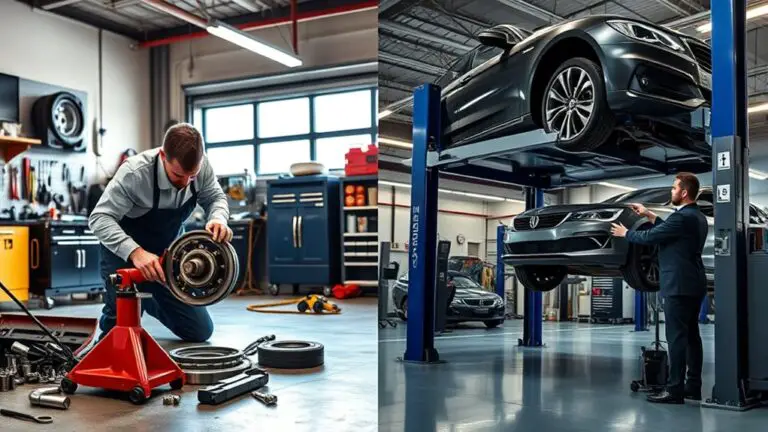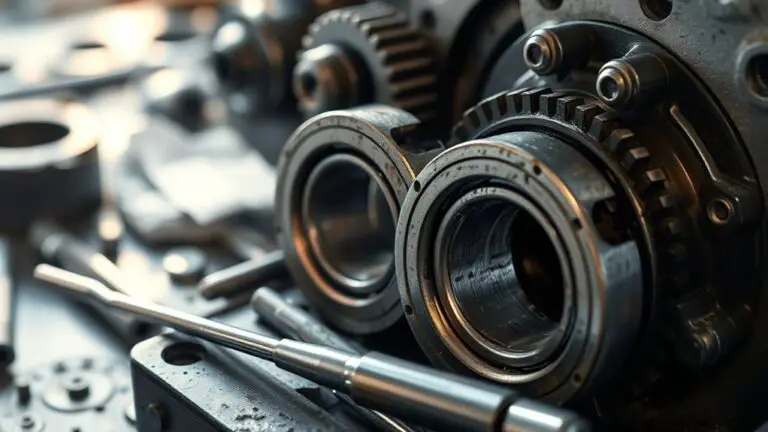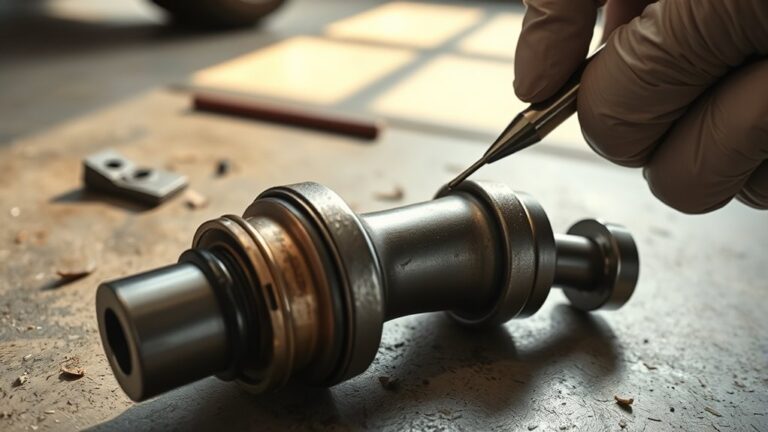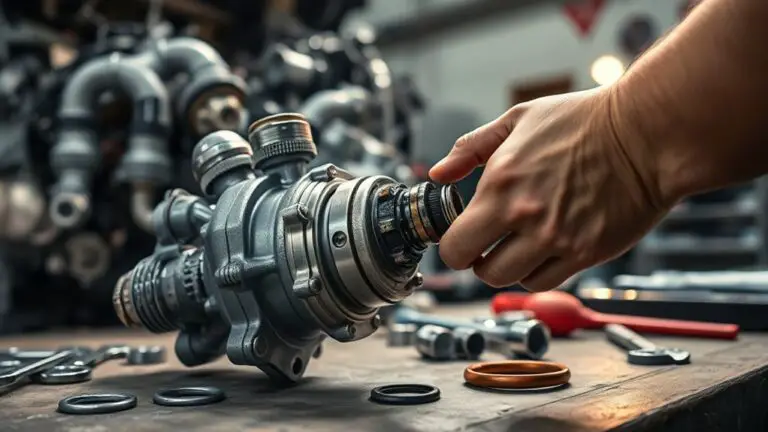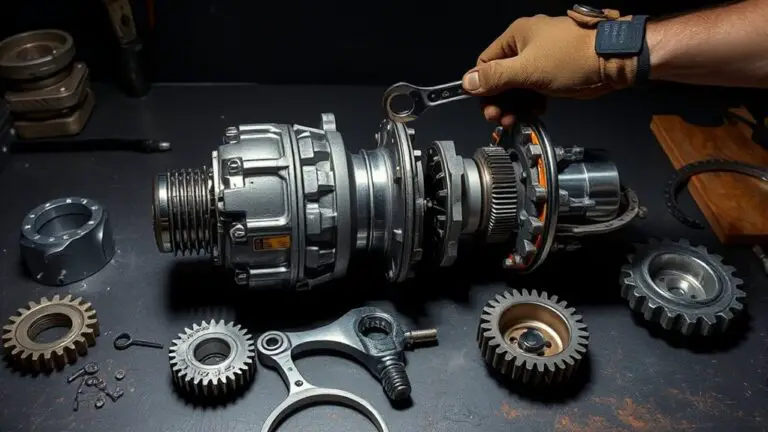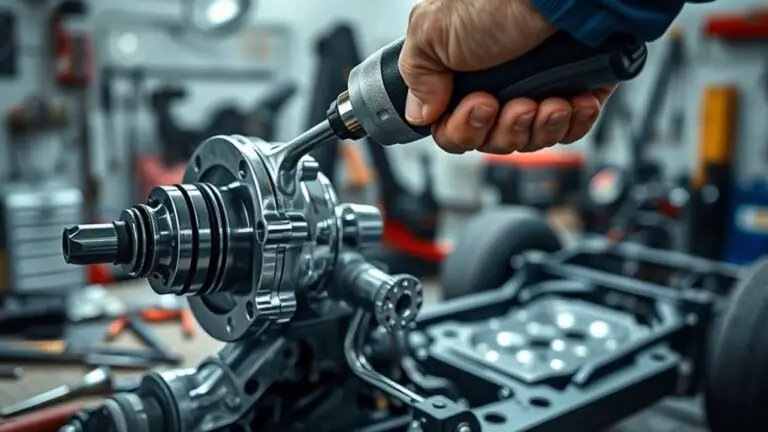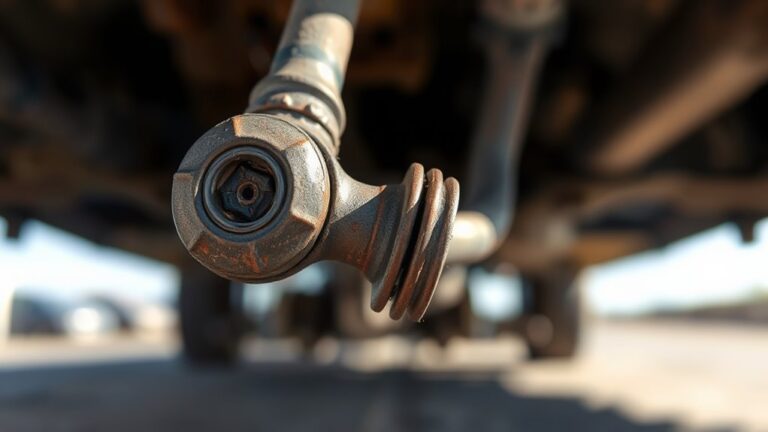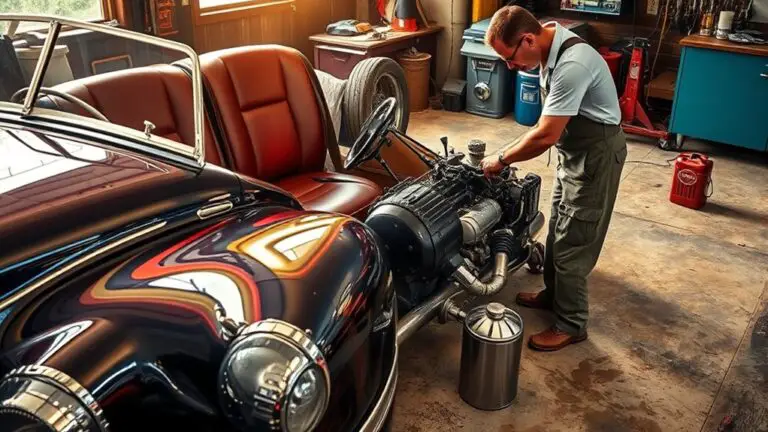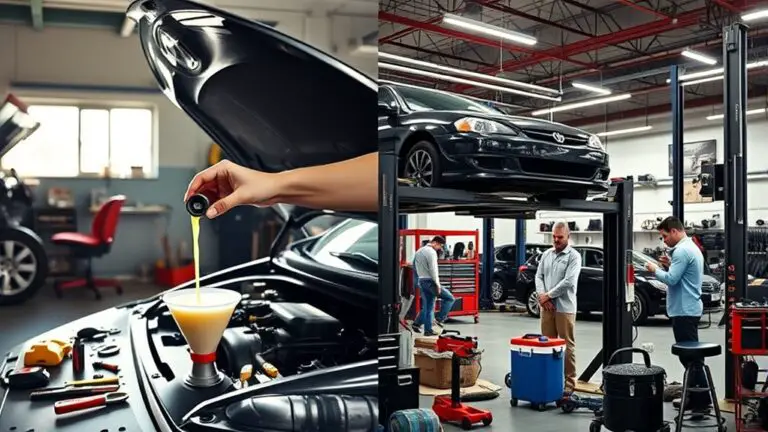Cost and Time to Repair Wheel Bearings Yourself Vs at Shop
You’ll weigh DIY bearing replacements against shop services to decide if you should roll up your sleeves. For straightforward hub bearings, parts and seals can cost a fraction of a pro fix, and you control the timeline. But complex removals, specialized tools, and exact torque can push DIY time and risk past shop costs. Consider…

